-
 Liyujia
Alibaba Local Service
Experience Designer
Liyujia
Alibaba Local Service
Experience Designer
Alibaba Local Service Experience Designer.Head of the catering industry. Worked at Huawei, during which the "Converged Video Project" won the 2017 International RedDot Design Award. Leading Ali local large-scale projects such as Double 11, Double 12, Homepage, and Membership. Personally published "A Thousand Miles: Departure User Experience Design", which was jointly recommended by 9 industry celebrities including Dr. Lin Min, UI China CEO Dong Jingbo, and Professor Tong Huiming. He has more than 60 design patents in the course of his career. Design concept: Design has always been not one-dimensional. Make good use of matrix thinking, grasp the nature of human nature and things, and let the design value have a target.
How to reconstitute the local industry design by “Scenario Matrix Thinking”
1. Background
With the change of business goal, Ele.me 9.0 aims to expand its service to a broader frame, not only to offer food delivery, but also to contain more daily necessities delivery. That is to say, the future of Ele.me is to deliver everything. The diversity of the service helps Ele.me to become more inclusive and helpful to local residents. The main vision is to create a ’Perfect Life Circle’, which offers services of multiple industries, from door-to-door delivery to online coupons purchasing. Just as what its slogan says, “Whatever you love, whatever we offer”. Under the background of the combination of Koubei and Ele.me integrating”new services”, multi-industry integrates to include more scene segmentation. Design is to reconstruct the key stages of user journey from exploring stores to purchasing the products.
2. Goal
Through this workshop, participants can understand the situation of the local industry track and the different needs of users in the store and home scenes in multiple contexts. It also summarizes the 4 steps and 3 elements of "Scenario Matrix Thinking" with a number of actual cases to help designers of middle and senior level or above establish a design thinking system for industry-wide business. Mastering this method can effectively and quickly explore in actual combat. Clear industry characteristics, focus on key factors and hit user pain points to help business growth and get results.
3. The specific contents that will be learned in the workshop include:
1. What can we learn from “Scenario Matrix Thinking”?
1.1 Why do we need “Scenario Matrix Thinking”?
1.2 What is the design system model of “Scenario Matrix Thinking”? 1.3 How to apply “Scenario Matrix Thinking” in practice?
2. The 4 steps of “Scenario Matrix Thinking”:
2.1 Observation and discovery: gain insight from the needs of users and customer by multi-dimensional methods
2.2 Disassembly analysis: analyze the pain points around key goals
2.3 Refining and integrating: summarize the core issues that hinder the goal
2.4 Scenario induction: create rational and perceptual user scenarios
3. Three elements of “Scenario Matrix Thinking”
3.1 Elements: Enumerate the core elements of the business
3.2 Relationship: Use the MECE principle to enumerate the relationship between elements
3.3 Conditions: the objective conditions that produce physical and emotional scenes
1、1. Workshop introduction: local industry video vcr, self-introduction, brief introduction of workshop content
2、2. “Design Thinking” sharing: what is scene matrix thinking design, why use scene matrix thinking design, and how to carry out scene matrix thinking design
3、3. Case analysis: explain specific applications based on the differences in the business district, catering and health services of Ali's local life platform
4、4. Open Q&A: Q&A free exchange
5、5. Practical interaction: immersive interaction and brainstorming, role-play script gaming, randomly role-playing, exploring more possibilities of scenario design
6、6. Review and summary
1、Advanced designers such as experience designer / interaction designer / visual designer / industrial and space designer
2、Product Manager / Product Operation / Technical R&D Engineer
3、Internet practitioner
1、Advanced design thinking learning, master how to precipitate your own design methods and systems in the work process, and build your own design thinking framework
2、Co-create through matrix thinking, familiarize yourself with the links and switching of multi-dimensional thinking angles, and help build your own thinking ability matrix, which can be used flexibly with your business
3、Improve the designer’s professional competitive soft power, such as the ability to report proposals, effective review capabilities, refine design value and establish method systems, etc.
-
 Somatosensory journey map of business district users
Somatosensory journey map of business district users
-
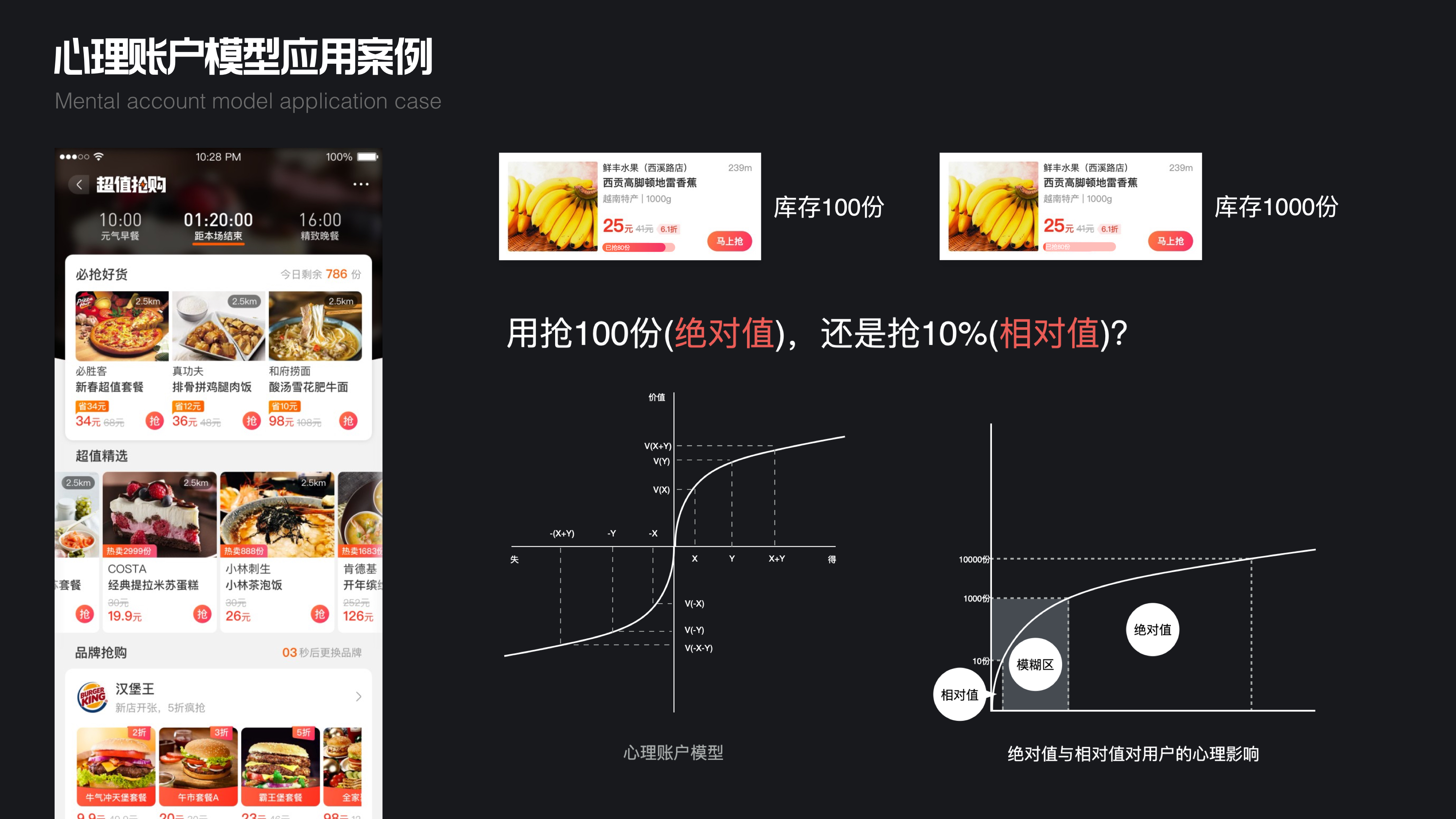 Mental account model application case
Mental account model application case
-
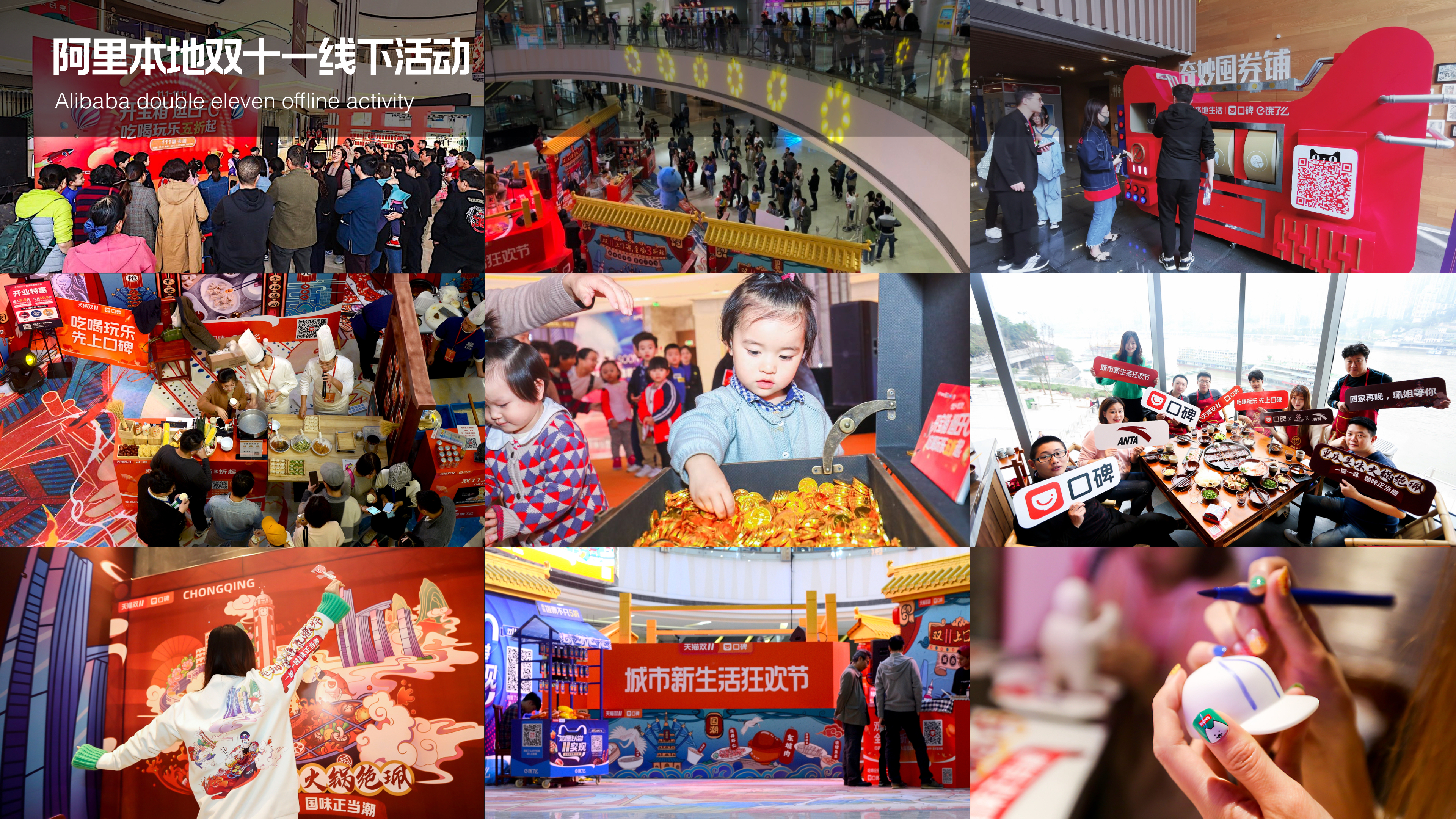 Double Eleven offline activities
Double Eleven offline activities
-
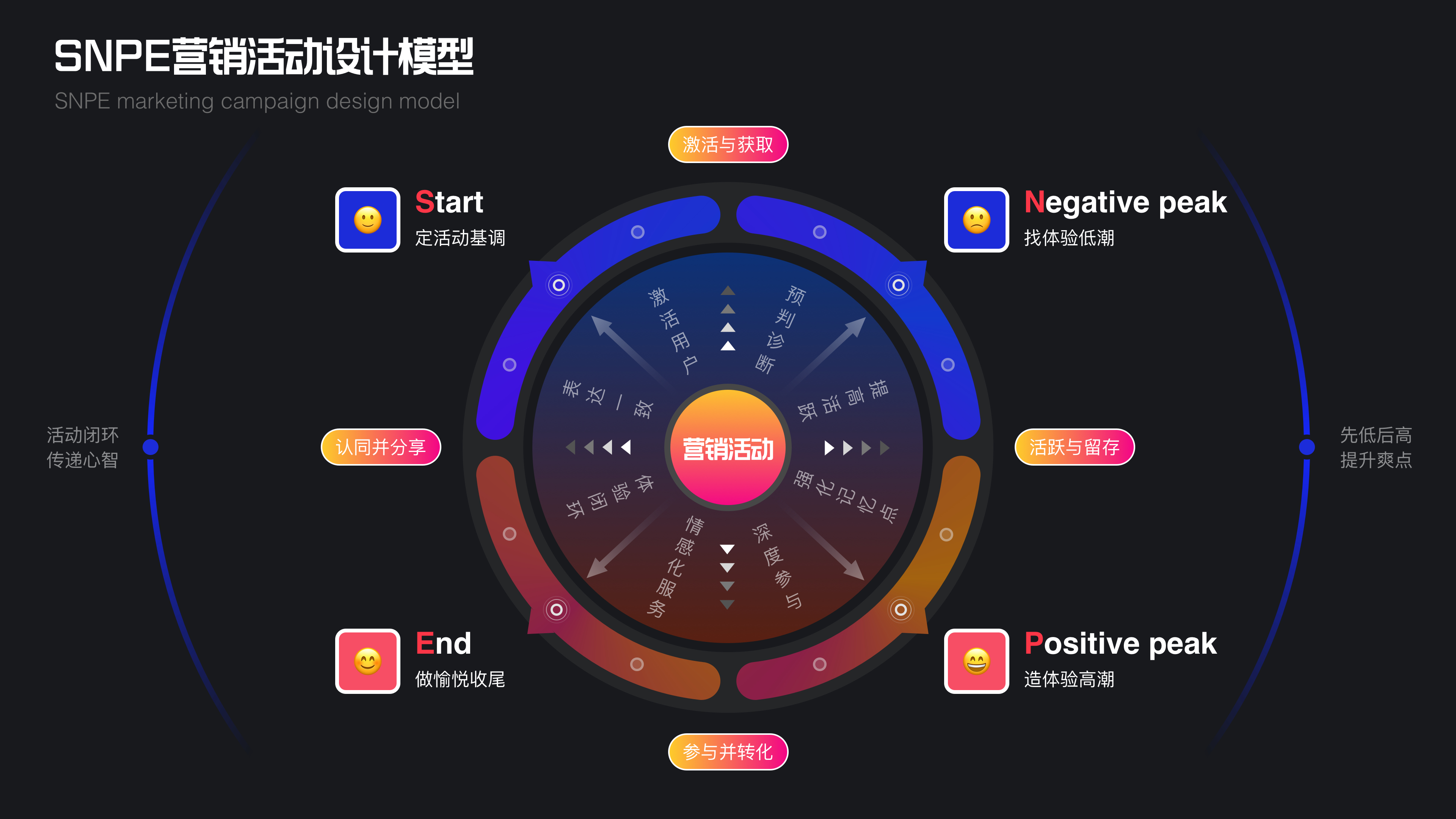 SNPE marketing campaign design model
SNPE marketing campaign design model
-
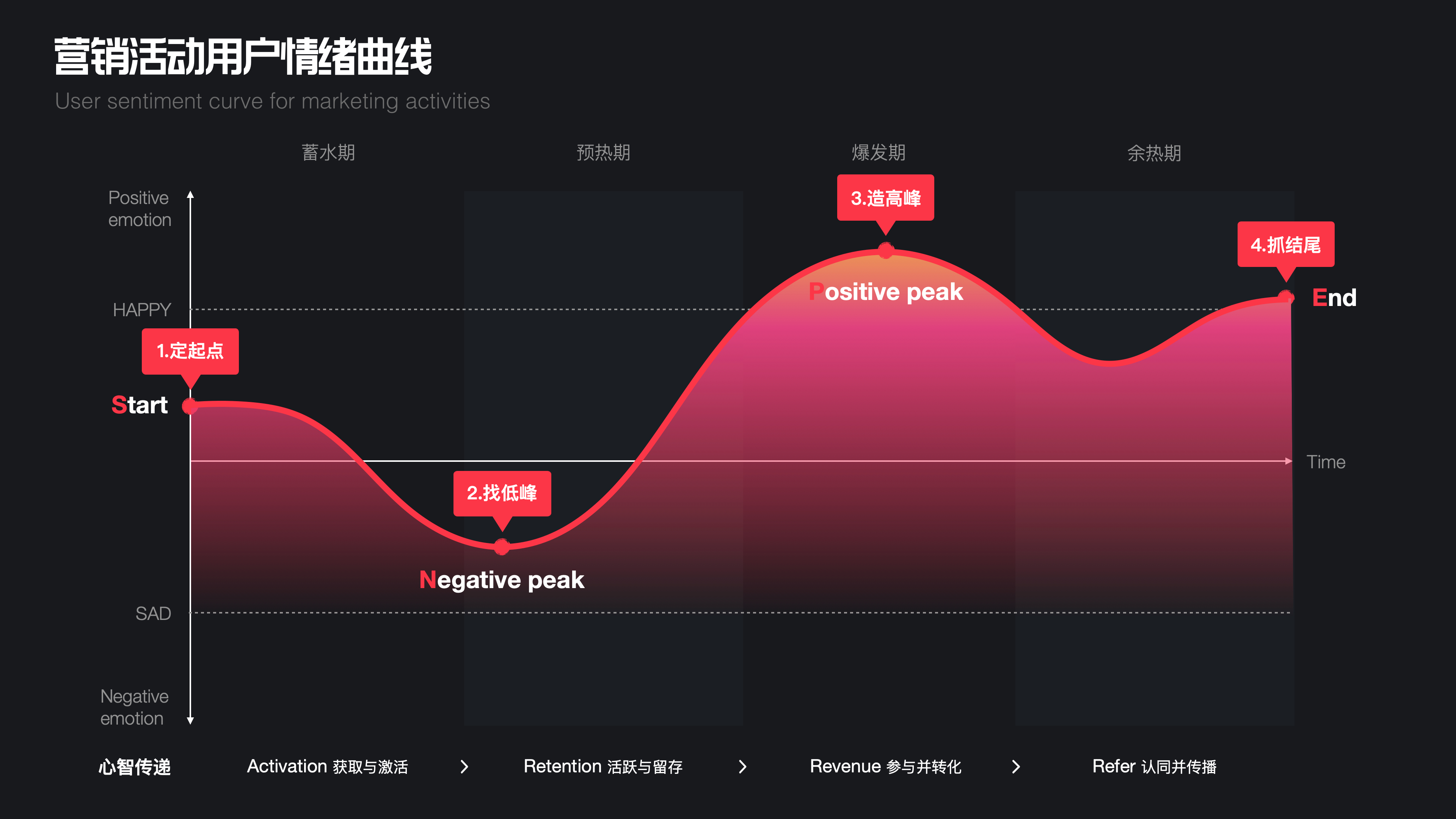 User sentiment curve for marketing activities
User sentiment curve for marketing activities
-
 Super vip knows how to eat Doudou IP
Super vip knows how to eat Doudou IP
-
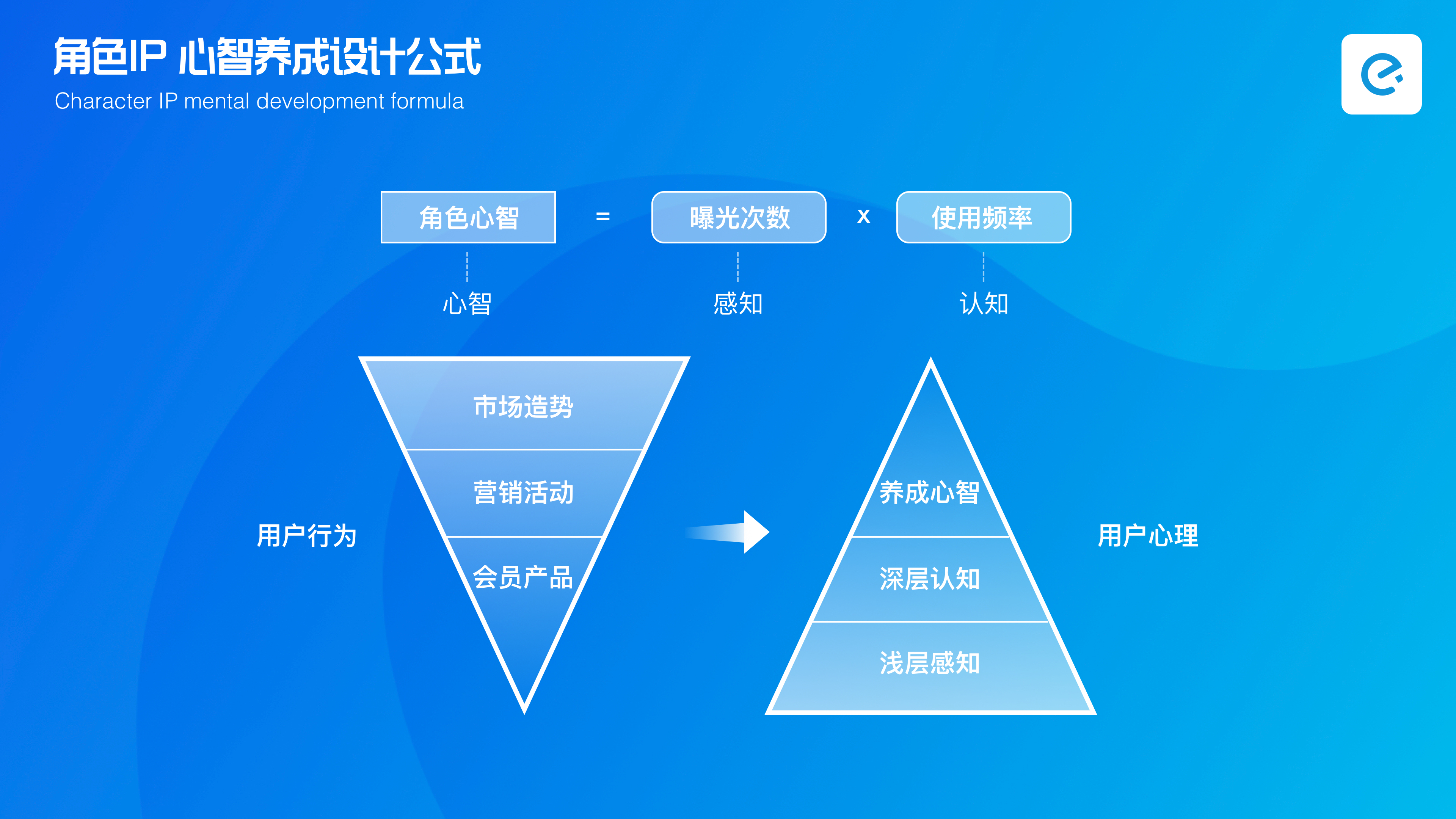 Character IP mental development design formula
Character IP mental development design formula
-
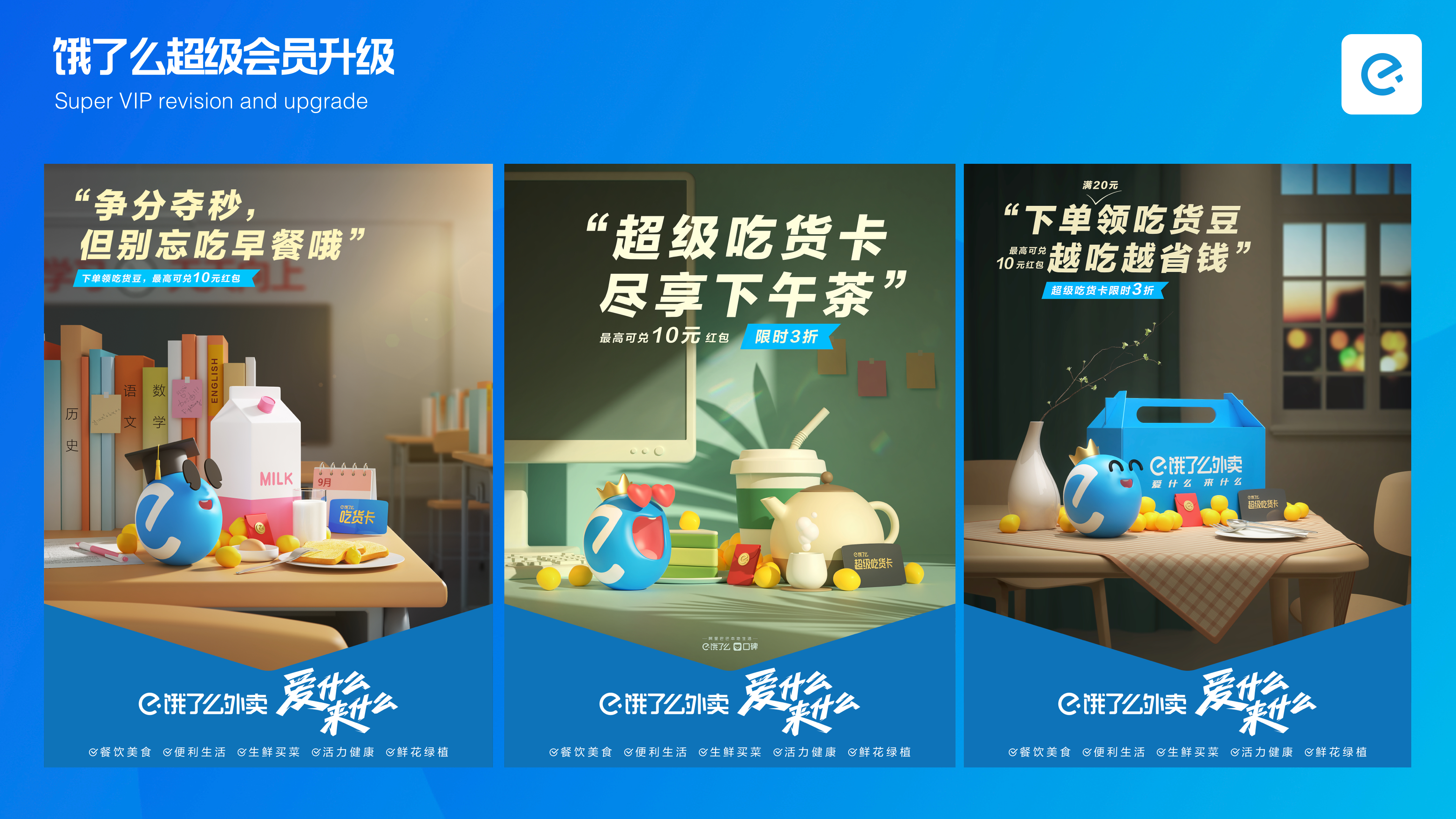 Super vip Member Announcement
Super vip Member Announcement
-
 The circuit diagram of the point system of Chihuodou
The circuit diagram of the point system of Chihuodou
-
 Super vip Member Upgrade
Super vip Member Upgrade








